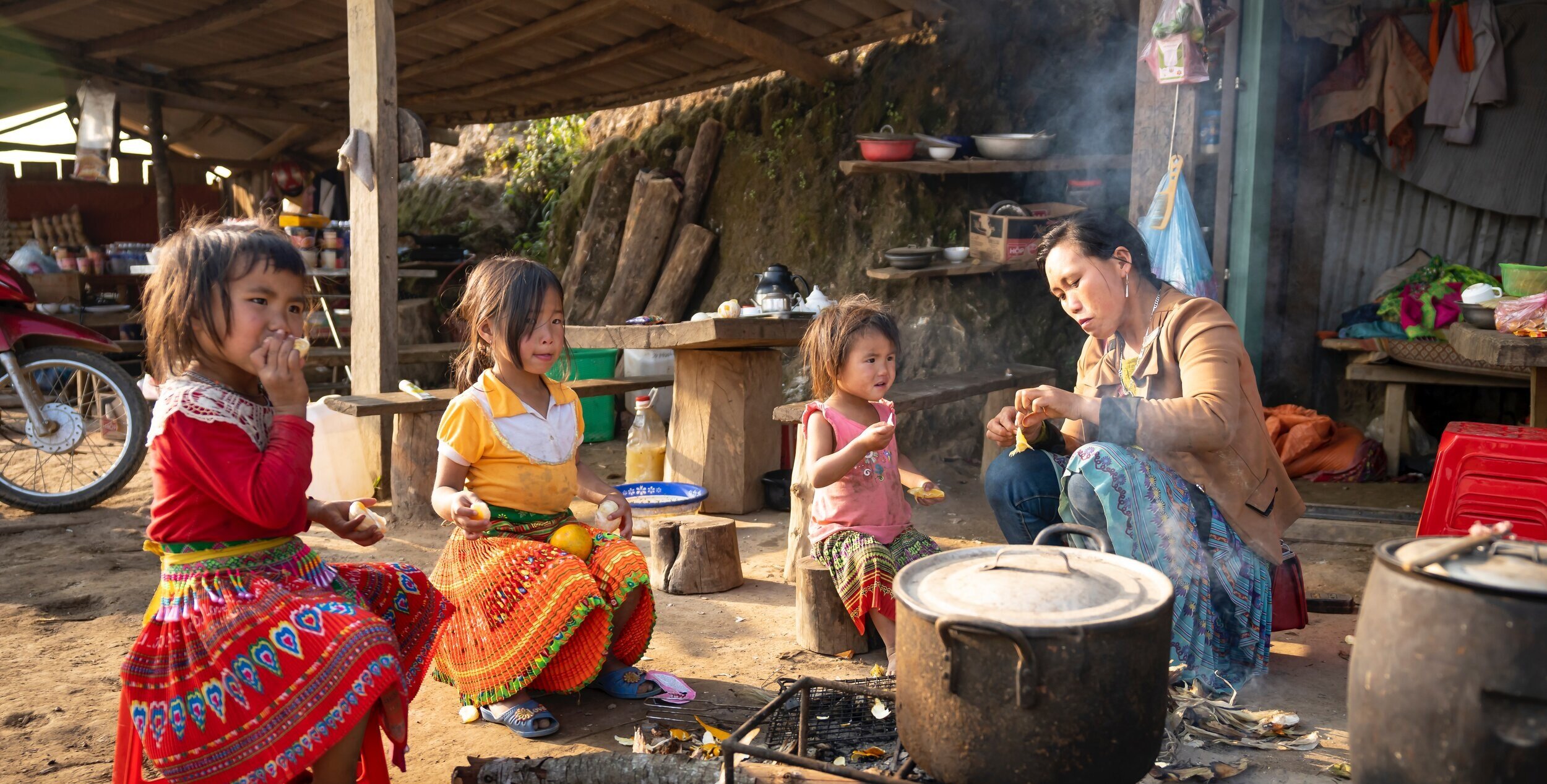
Hunger
Ecumenical Hunger Program
Ecumenical Hunger Program
UNA-Midpeninsula is proud to support the Ecumenical Hunger Program, which has been working for over 40 years to sustain our neighbors in East Palo Alto, Menlo Park and surrounding communities. Among its many goals, EHP exemplifies the objectives of SDG 2: the target of Zero Hunger.
EHP’s mission is to assist local families and individuals who are experiencing economic and personal hardship. EHP provides food, clothing, household essentials, support, and advocacy to our neighbors to sustain them through immediate crises and to help them regain stability and independence.
EHP serves working families, seniors, people with limited incomes and those who have both emergency and on-going needs in East Palo Alto, Menlo Park and surrounding communities.
Consider participating in one of EHP’s upcoming programs via one of the many volunteer opportunities and by contacting the EHP volunteer team.
CalFresh
CalFresh (also known as SNAP) helps people with limited incomes buy healthy food. It is a nutrition program – not a welfare program – whose benefits are deposited on your Electronic Benefit Transfer (EBT) card.
CalFresh can be used at most grocery stores and farmers markets. With the Double Up Food Bucks program, you can double the amount of dollars you spend on fresh California fruits and vegetables.
For more information visit www.mybenefitscalwin.org, call the Social Services Agenecy at (408) 758 3800 or visit the closest application center at 1330 W. Middlefield Road in Mountain View.
Targets for Goal 2
2.1 By 2030, end hunger and ensure access by all people, in particular the poor and people in vulnerable situations, including infants, to safe, nutritious and sufficient food all year round
2.2 By 2030, end all forms of malnutrition, including achieving, by 2025, the internationally agreed targets on stunting and wasting in children under 5 years of age, and address the nutritional needs of adolescent girls, pregnant and lactating women and older persons
2.3 By 2030, double the agricultural productivity and incomes of small-scale food producers, in particular women, indigenous peoples, family farmers, pastoralists and fishers, including through secure and equal access to land, other productive resources and inputs, knowledge, financial services, markets and opportunities for value addition and non-farm employment
2.4 By 2030, ensure sustainable food production systems and implement resilient agricultural practices that increase productivity and production, that help maintain ecosystems, that strengthen capacity for adaptation to climate change, extreme weather, drought, flooding and other disasters and that progressively improve land and soil quality
2.5 By 2020, maintain the genetic diversity of seeds, cultivated plants and farmed and domesticated animals and their related wild species, including through soundly managed and diversified seed and plant banks at the national, regional and international levels, and promote access to and fair and equitable sharing of benefits arising from the utilization of genetic resources and associated traditional knowledge, as internationally agreed
2.a Increase investment, including through enhanced international cooperation, in rural infrastructure, agricultural research and extension services, technology development and plant and livestock gene banks in order to enhance agricultural productive capacity in developing countries, in particular least developed countries
2.b Correct and prevent trade restrictions and distortions in world agricultural markets, including through the parallel elimination of all forms of agricultural export subsidies and all export measures with equivalent effect, in accordance with the mandate of the Doha Development Round
2.c Adopt measures to ensure the proper functioning of food commodity markets and their derivatives and facilitate timely access to market information, including on food reserves, in order to help limit extreme food price volatility



